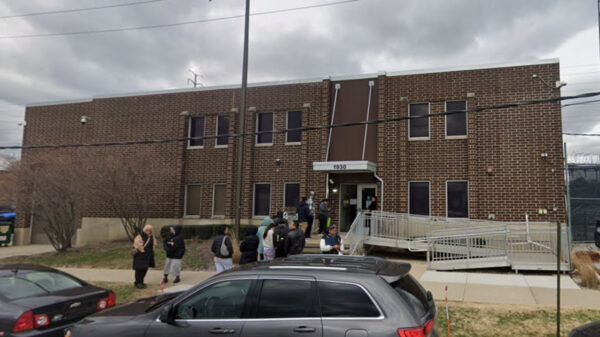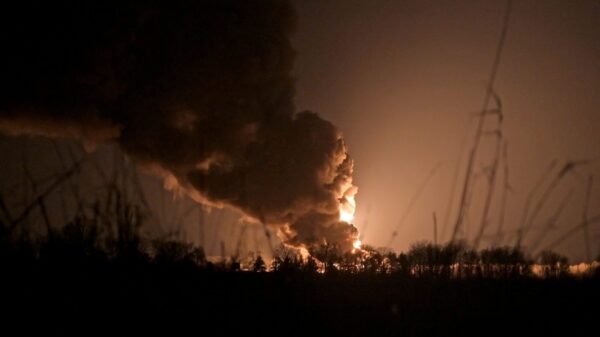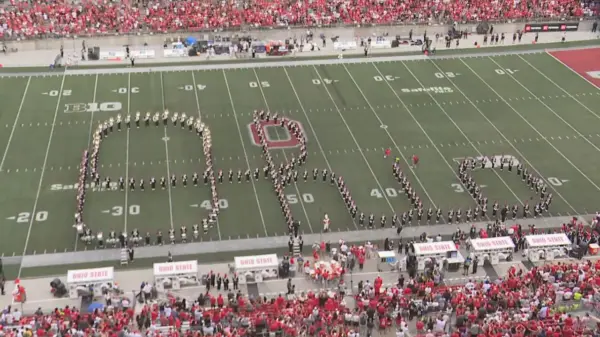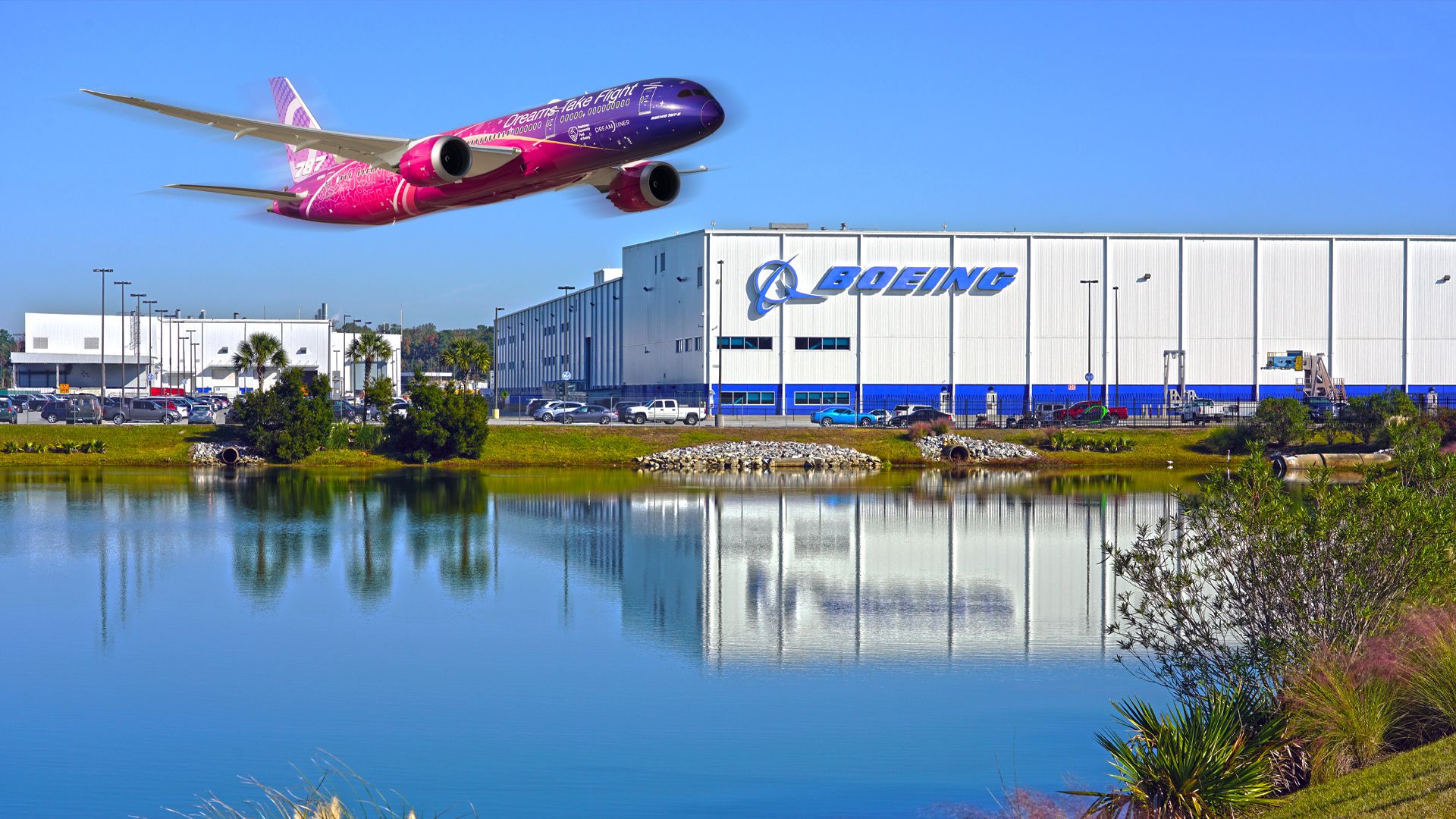The aerospace industry is experiencing a significant resurgence as demand for air travel rebounds following the COVID-19 pandemic. Boeing, one of the world’s leading aircraft manufacturers, is ramping up production as it navigates the complexities of a global supply chain involving over 5,000 suppliers across more than 150 countries. This intricate network allows Boeing to meet the rising demand while also addressing challenges posed by past quality control issues and geopolitical tensions.
Boeing’s Production Facilities: From Washington to China
Boeing’s main production sites are strategically located in the United States and China, each specializing in different aircraft models. The Renton factory in Washington is renowned as the most efficient aircraft manufacturing facility globally. With a historic total of over 14,000 jets produced, it accounts for approximately 30% of the global airliner fleet. Here, the 737 MAX and P-8 Poseidon assembly lines operate, delivering Boeing’s best-selling aircraft despite facing challenges related to safety and quality assurance.
The Everett plant in Washington holds the title of the largest manufacturing building in the world by volume. It spans over 472 million cubic feet and is responsible for assembling the 747, 767, 777, and 787 jetliners. As production of the iconic 747 concludes in 2023, focus shifts to the development of the 777X, poised to become the largest twinjet ever made, alongside continuous enhancements to the 787 Dreamliner.
In South Carolina, Boeing operates a dedicated facility in North Charleston for the final assembly of the 787 Dreamliner. This plant has become a vital asset for Boeing, producing a widebody aircraft that has garnered favorable reviews for its efficiency and passenger comfort.
Boeing’s international footprint extends to Zhoushan, China, where it operates a completion center in partnership with the Commercial Aircraft Corporation of China (COMAC). This facility focuses on the final assembly and outfitting of 737 MAX jets destined for the Chinese market. Since its establishment in 2015, the Zhoushan site has processed around 100 aircraft per year, highlighting the importance of the Chinese market for Boeing.
Addressing Quality Control and Future Aspirations
Quality control has become a focal point for Boeing after experiencing significant setbacks with the 737 MAX model. In light of an incident involving the midair ejection of a door plug from an Alaska Airlines flight, Boeing has initiated enhanced quality control measures. The company has also announced a merger with Spirit AeroSystems, which manufactures over 70% of the parts for the 737 MAX, to improve oversight and ensure safety standards.
The Federal Aviation Administration (FAA) has been closely monitoring the production of the 737 MAX, instituting a production cap of 38 planes per month to maintain oversight. As the FAA has recently increased this cap to 42, Boeing aims to expedite the certification of the MAX 7 and MAX 10 variants, which are crucial for bolstering its production output.
Despite the challenges faced, the 737 MAX remains the fastest-selling plane in Boeing’s history, with thousands of orders in the backlog. Major airlines such as Southwest Airlines have placed substantial orders, indicating strong market confidence in Boeing’s latest models.
As Boeing works to regain its reputation for safety and quality, the company remains optimistic about meeting the demands of an evolving aerospace market. The combination of a robust international supply chain and a commitment to enhancing production capabilities positions Boeing to capitalize on the increasing demand for air travel in the years to come.






































































